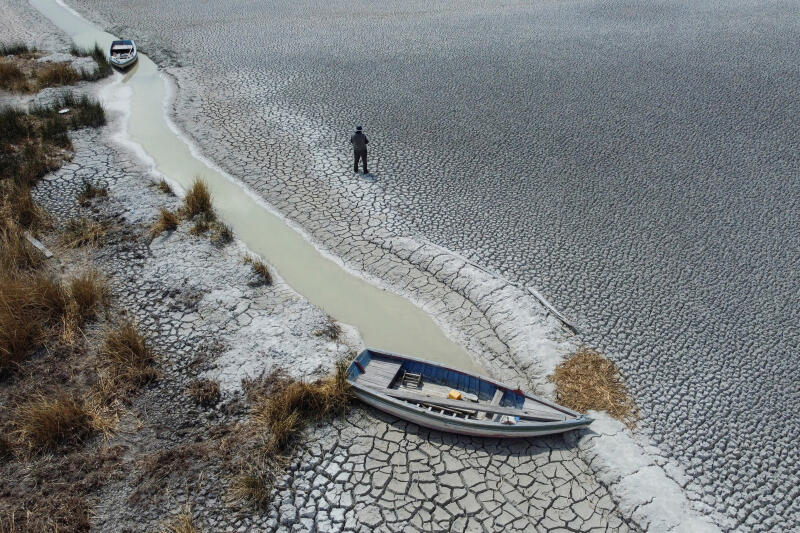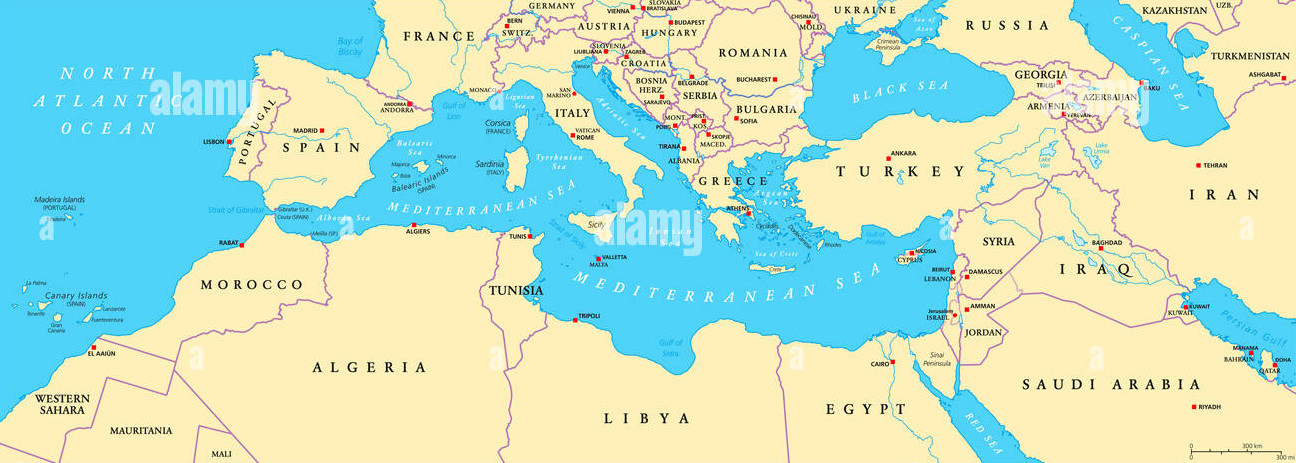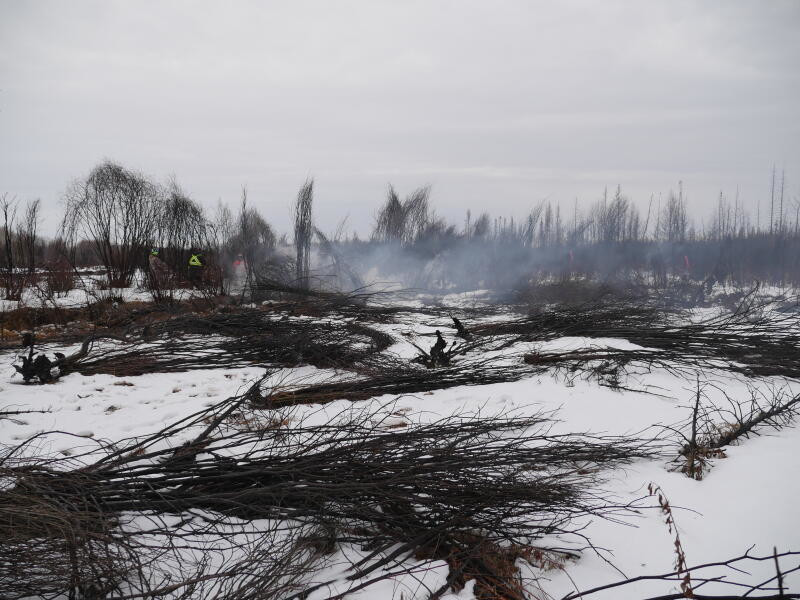Drought affects more than 1.8 billion people worldwide
Taking advantage of the resonance of the climate conference (
COP28), the United Nations Convention to Combat Desertification in its report "World Drought Outlook in 2023", published on Friday December 1 in Dubai, on the seriousness of the situation.
In 2022, the Plata river basin, which stretches from Brazil to Argentina, experienced its most severe drought since 1944 , according to the World Meteorological Organization. In southern China, according to the same source, the Yangtze River dropped to record levels, affecting almost 5 million people.
The lack of water has a direct impact on the loss of pastures, declining harvests, soaring food prices and famine. It concentrates pollutants in rivers, and also affects energy production, industry, health, river transport, well-being and overall GDP.
A critical drought is taking hold in the Mediterranean basin
Spain, southern France, most of Italy, Malta, Cyprus, parts of Romania, Greece and Turkey : water shortages are already forcing rationing affecting agriculture and tourism.
Southern Europe is experiencing its second consecutive dry year; Morocco is facing the sixth year with little or no rainfall.
- Extremely high risk of fire
Combined with a lack of rainfall and high temperatures for at least the past two years, soil moisture levels are insufficient in most parts of the region. The scientists from the
European Commission's Joint Research Centre (JRC) in a
report on this phenomenon, published on February 20, warn of a "very high" or even "extreme" fire danger in North Africa, and "moderate to high" in south-eastern Spain.
- Extreme storms
Drought and extreme storms are two sides of the same coin [linked to rising sea temperatures]. In September 2023, the Mediterranean "hurricane" named Daniel caused two dams to burst at Derna, in Libya, causing almost 6,000 deaths and 8,000 missing, followed by severe flooding in Greece.
Canada prepares for another dreaded megafire season
"Will the exceptional be repeated ? 2023 was a record year for forest fires in Canada : some 6,700 fires ravaged 18.5 million hectares across the country, the equivalent to a territory the size of Greece, producing smoke so intense that it spread as far as the neighboring United States.
"More than 150 fires, born in 2023, are still active in early spring," says Marc-André Parisien, a researcher with the Canadian Forest Service, based in Edmonton, Alberta. In previous years, only about fifteen continued to burn through the winter. These slow-burning infernos threaten to reignite once the snow has disappeared.
Like the rest of the planet, January was the warmest month on record, with an average temperature of 55,65°F/13,14°C according to the European observatory Copernicus, Canada set a series of warmth records winter season.
This exceptionally mild winter was accompanied by low snow cover : a map of climate change, by the Canadian Ministry of the Environment, shows that by mid-March, almost the entire country had a snow cover deficit of the order of 11.81 to 15.74in /30 to 40 centimetres, compared with averages recorded between 1998 and 2011.
"The less snow there is, the less it moistens the soils, the greater the risk to vegetation and, therefore the greater the likelihood of fire," explains Yan Boulanger of Natural Resources Canada.
(Source :
Lasting drought takes hold of Mediterranean region,
Canada prepares for another dreaded megafire season,
Drought affects more than 1.8 billion people worldwide)













